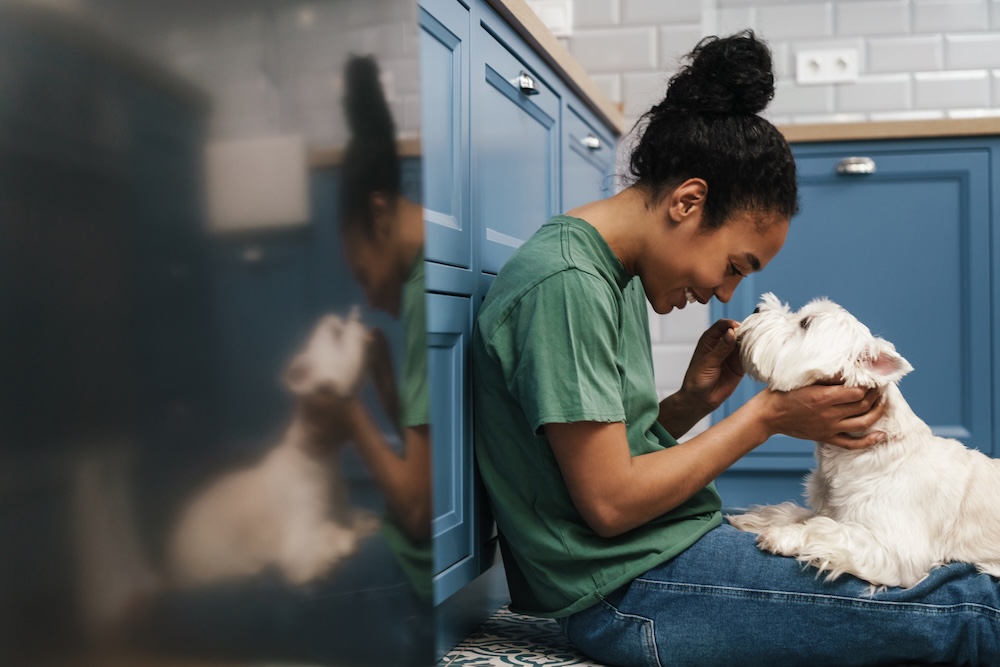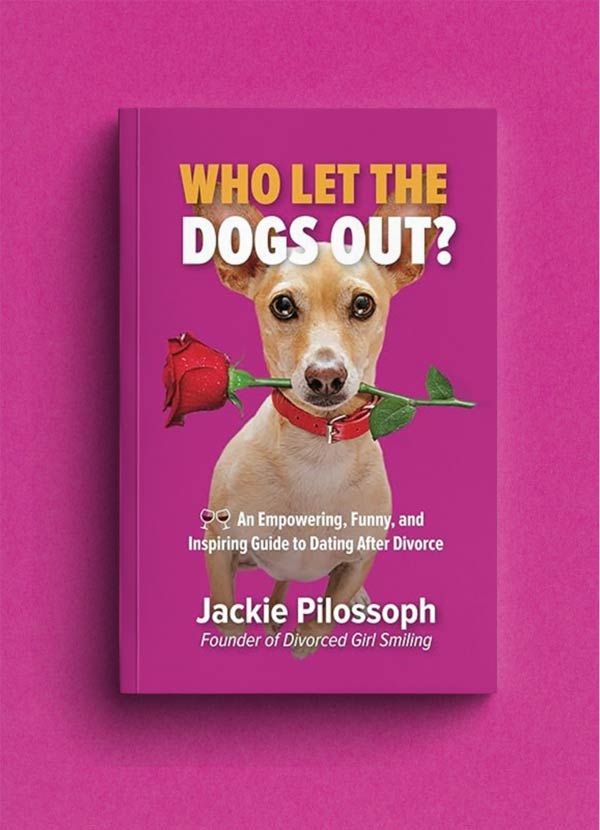Divorce is never easy—and when it comes to dogs and divorce, things can get even more emotionally complex. Dogs are often treated like family members, so deciding who gets custody after a breakup raises important questions. In this article, I’ll unpack the key issues discussed in the recent Divorced Girl Smiling podcast Dogs And Divorce, where I answered common questions about navigating pet custody during and after a divorce.
1. Who Legally Gets the Dog in a Divorce?
Legally, pets are still considered property in many jurisdictions, meaning that they’re treated similarly to cars, furniture, or other shared assets. That said, courts are increasingly recognizing the emotional significance of pets. In some states, judges may take into account who has been the dog’s primary caregiver, who pays for vet bills, or even what arrangement is in the dog’s best interest.
Key takeaway: Unless there’s a prenuptial agreement or pet custody arrangement in place, ownership may be determined by proof of care, adoption papers, or purchase receipts.
2. Can We Share Custody of Our Dog?
Yes, some couples choose to set up informal or legal agreements to share custody of their dog. Just like with children, these agreements can include visitation schedules, pickup/drop-off routines, and shared financial responsibilities. While courts may not officially enforce shared pet custody in every case, if both parties agree and document the arrangement clearly, it can help avoid future conflicts.
That said, I do not recommend sharing custody of a dog. Although it may feel heartbreaking to give the dog to your ex-spouse, it is almost always better for the dog to be in one place. If you love your dog, don’t make him or her live in two different homes.
3. What If One Partner Is Using the Dog to Hurt the Other?
Unfortunately, pets can become pawns in emotionally charged separations. It is important to document care and communication if one party is trying to withhold the dog out of spite.
In extreme cases, particularly when abuse or neglect is suspected, legal intervention may be required.
Tip: Keep receipts, vet records, and a journal of your time with the pet to support your claim if custody becomes contentious.
4. How Can We Keep the Dog’s Best Interests in Mind?
The dog’s well-being should come first. Stability, routine, and emotional connection matter for pets too. If one person travels frequently, works long hours, or moves to a pet-unfriendly residence, it might not be fair to take full custody.
Stress, anxiety, and behavioral issues are common in pets caught in divorce transitions. Maintaining consistency helps minimize trauma.
5. What Should I Do at the beginning of the Divorce?
Take proactive steps:
- Have the conversation with your spouse about custody at the very beginning of the divorce. If you can get that issue out of the way, and come to an agreement about who is keeping the dog, it will be helpful to have a decision should the divorce become contentious.
- Gather documents proving ownership or care.
- Consider what arrangement truly benefits your dog—not just your feelings.
- Be prepared to compromise and prioritize your pet’s emotional and physical health.
Divorce Is Hard, But It Doesn’t Have to Be for Your Dog
Breaking up is painful, but your dog doesn’t have to suffer too. With compassion, communication, and a bit of planning, it’s possible to reach an arrangement that honors your pet’s needs and the love both partners may still feel for them.
Whether you’re considering shared custody or full ownership, the key is to stay focused on your dog’s best interest. After all, they didn’t choose the divorce—you did.
Like this article? Check out “5 Things You Need to Know About Pet Custody and Divorce”





















